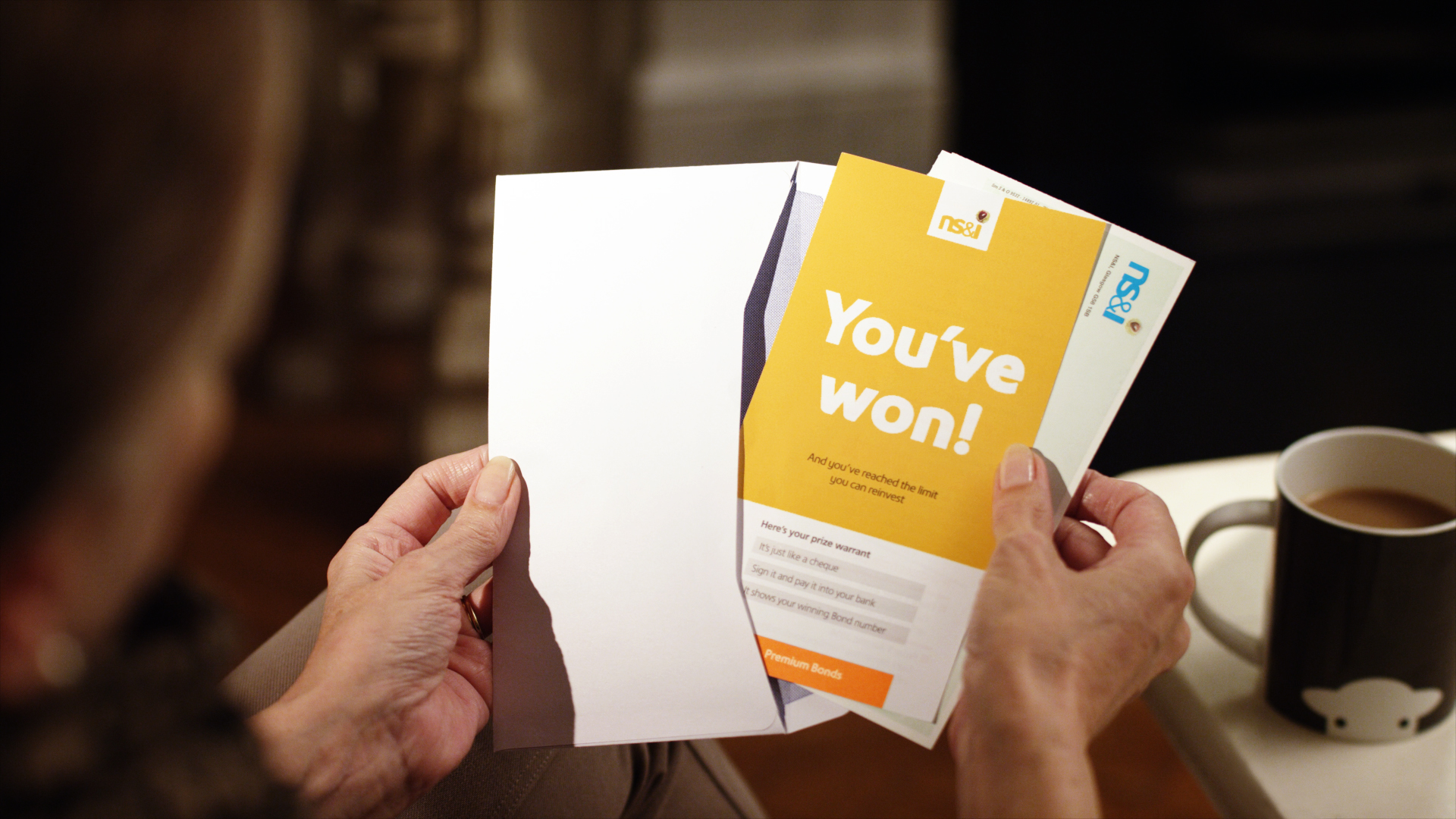
The Treasury Select Committee will close its call for evidence into the LISA tomorrow (4 February).
A LISA is a tax-efficient savings account that can be used to save for a first home or retirement. The Government adds a 25% bonus to your savings, up to a maximum of £1,000 per year. Savers can contribute up to £4,000 each year until the age of 50.
LISA holders can access their money penalty-free when they buy their first home or when they reach the age of 60.
Experts say the LISA has a vital role to play in helping the self-employed to save for retirement. Data from Hargreaves Lansdown’s Savings and Resilience Barometer shows that up to 1.2 million self-employed households could benefit from using a LISA for retirement planning.
Helen Morrissey, head of retirement analysis at Hargreaves Lansdown, said: “The Lifetime ISA is already making a huge contribution to people’s financial resilience, with the most recent HMRC figures showing a record of 755,000 LISAs were paid into during the tax year 2022/23. However, there is more that can be done. The Lifetime ISA has the potential to transform the retirement fortunes of groups such as the self-employed, as well as helping more people achieve their homeownership dreams.

Wellness and wellbeing holidays: Travel insurance is essential for your peace of mind
Out of the pandemic lockdowns, there’s a greater emphasis on wellbeing and wellness, with
Sponsored by Post Office
“The self-employed have long lagged other groups when it comes to saving for retirement. The latest data from HL’s Savings and Resilience Barometer shows that just 21% of self-employed households are currently on track for a moderate retirement income. This compares to 36% of households overall.”
There are several reasons why self-employed workers’ pension savings are often lacking. Firstly, they are excluded from auto-enrolment, so there are fewer savers contributing to pensions, and those who do pay in don’t receive a contribution from an employer.
Secondly, many self-employed people with fluctuating earnings are hesitant to lock their money away in a pension that they can’t access until at least the age of 55.
Morrissey said: “The Lifetime ISA can help. The 25% bonus on contributions up to £4,000 per year has the same effect as basic-rate tax relief in a pension, with the added benefit that any income taken is tax-free. Money can also be accessed in tough times, subject to an exit charge. It’s an attractive alternative to a pension for self-employed people paying basic-rate tax. Higher-rate taxpayers would still be better off with a pension, given tax relief is given at your highest marginal rate.”
A key issue with the LISA is the charge on early access, as it not only removes the effect of the bonus but also a chunk of people’s hard-earned savings.
For example, someone contributing £4,000 to their LISA would get a 25% bonus, which tops them up to £5,000. However, if they were to access that money early, the 25% exit charge would amount to £1,250, meaning they have lost not only the bonus but part of their savings too.
Experts say that reducing this charge to 20% would remove this effect and give savers the comfort of knowing they won’t lose any of their own money.
Morrissey added: “The second key reform is to widen the age at which people can open and pay into a LISA. At the moment, you can only open a LISA if you are between the ages of 18 and 39. Allowing people to open and contribute to a LISA up until the age of 55 would enable more people to build up a decent retirement income – notably those who become self-employed later in life. We estimate that these changes could be a huge help to the 1.2 million households that have a self-employed earner paying the basic rate of tax.”




